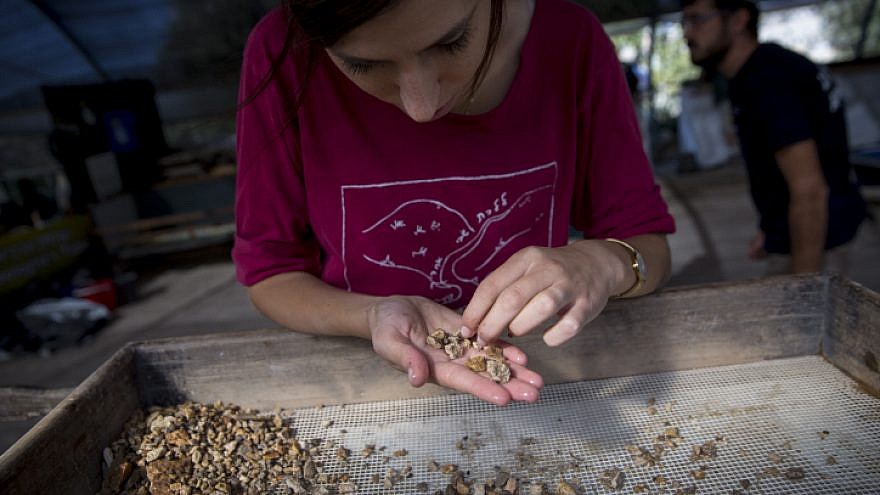A Catholic church and a Lutheran church that are separated by a parking lot in west Topeka will hold a special event that will bring the congregations together this weekend.
Members of Most Pure Heart of Mary Catholic Church and Faith Lutheran Church will gather for an event called “Fellowship in Faith” from 4 to 7 p.m. Sunday, April 29. The event will take place in the parking lot of Faith Lutheran Church, just east of S.W. 17th and Gage.
Barb Chamberlain, a member of Most Pure Heart of Mary and a coordinator of the event, said the idea for the event was hatched this past fall when pastors of the two churches were visiting.
The Rev. Greg Hammes, pastor of Most Pure Heart of Mary Church, and the Rev. Jim Bender, pastor of Faith Lutheran Church, “felt we should celebrate being neighbors and friends in Christ,” Chamberlain said.
The fellowship event on Sunday was one of the outcomes of the pastors’ conversation, Chamberlain noted, and is designed to signify the two churches “are neighbors as well as members of the one body of Christ.”
The event will feature a free hamburger and hot dog cookout with sides and desserts; entertainment by the Doug Cafer Band; a children’s activity area hosted by Faith Lutheran’s youth group; and a beer and wine garden “for those who would like to toast to friendships old and new.”
Committee members from both churches have worked on this project since last fall, and are hopeful the event will become an annual celebration.
Alma Said No Baptisms for Dead
-
April 27 – Alma Said No Baptisms for Dead. Hebrews 9:27 “And as it is
appointed unto men once to die, but after this the judgment.” _____ So, we
die and th...
9 hours ago



.JPG)





































